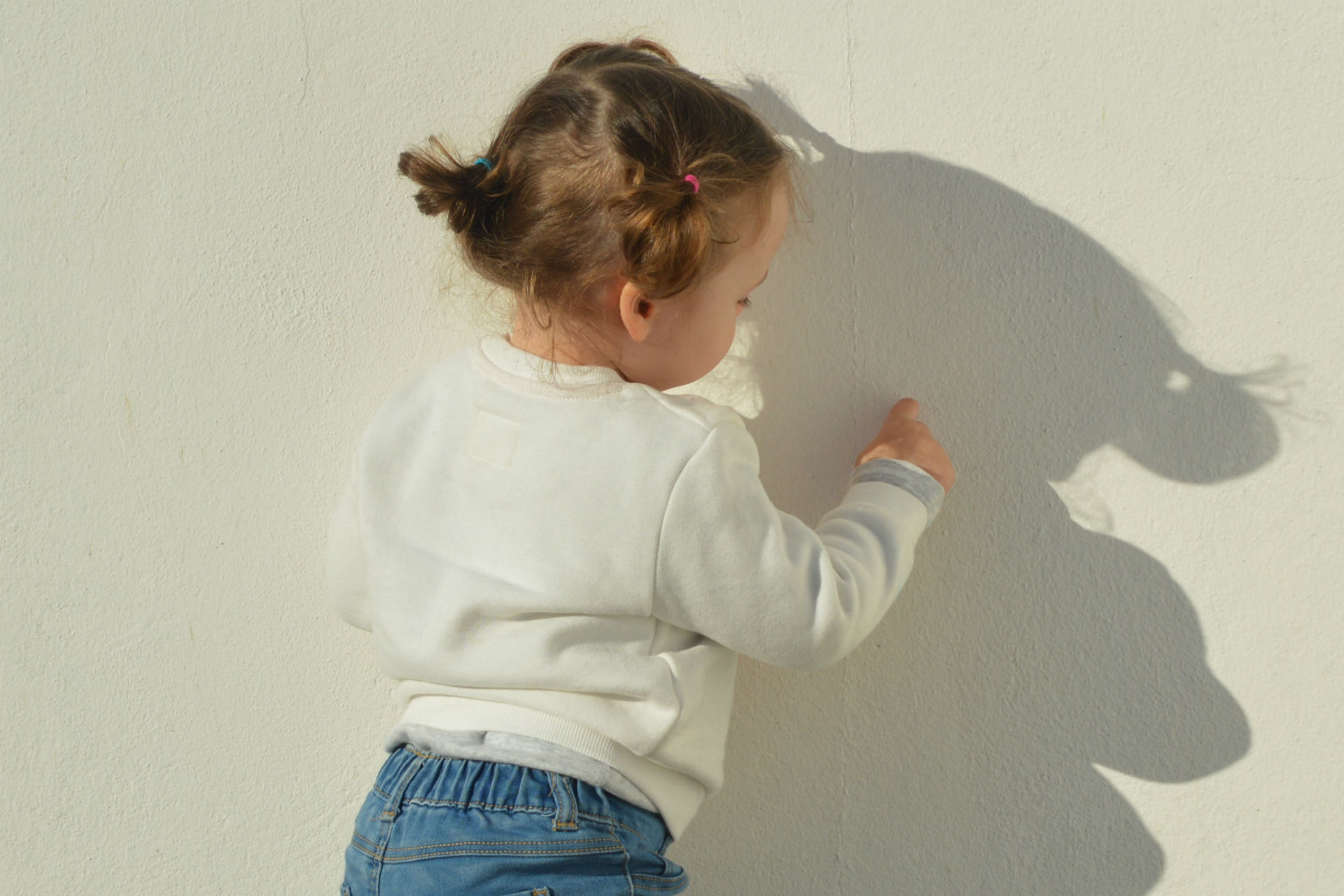Toddler
3 min Read
Time-Out Tactics to Help You Both Keep Your Cool

June 5, 2019
Toddler
3 min Read

June 5, 2019

I’ve never really given my daughter time-outs. Part of the reasoning behind this is that she takes it upon herself to do so. If we are having a bit of a battle and her emotions get the better of her, she simply goes to her room to cool off (and to prove she is angry at me). This has worked for both of us—I’m not the bad guy and she gets the space she needs to chill out.
Andrea Miller, a mom of two in Hamilton, Ont., agrees that space is key. When she instructs her son to take a time-out in his room, “the understanding is he can read or colour (there are no toys in his room) or snuggle or whatever. Or rage, if it feels better to let it out.”
The bedroom time-out can be up for debate, however. Miller says, “I’ve struggled with using his room for time-outs because I want that to be his safe place where he can go when he needs space. I don’t want him to see it as a jail cell.”
According to SickKids Hospital, time-outs need to be given consistently and in the right place. “Time-outs should last about one minute per year of the child’s age, to a maximum of five minutes. Time-outs should not be near a TV, computer or other forms of entertainment,” according to aboutkidshealth.ca.
The time-out in itself isn’t enough, however. When a time-out is given, your child should clearly understand why it is happening. Explain, for example, “You are on a time-out because you keep pulling the dog’s tail.” Stick to your guns and ignore any crying. If your child leaves the time-out area, start the timer again.
Dr. Mary C. Lamia does examine the downside to time-outs in Psychology Today. “Time-outs teach the child that one should separate oneself from others and from the problem, rather than remain connected and work it out,” she says. So be sure to keep the lines of communication open, rather than just immediately banishing your child to the time-out chair/area.
Miller says that after time-outs with her son, they always hug it out. “It’s not about him being a bad person; it’s about him demonstrating that he can’t be in whatever situation he is in and showing me he needs a break. And every action has a consequence. Good actions have good consequences, which I try really hard to remember and acknowledge, and bad actions have bad consequences, like a time-out.”
Encourage mindfulness and deep breathing techniques as your child cools down. And while time-outs won’t fix unwanted behaviour overnight, the hope is that you’ll see some change over time.
Originally published in ParentsCanada magazine, Summer 2017.